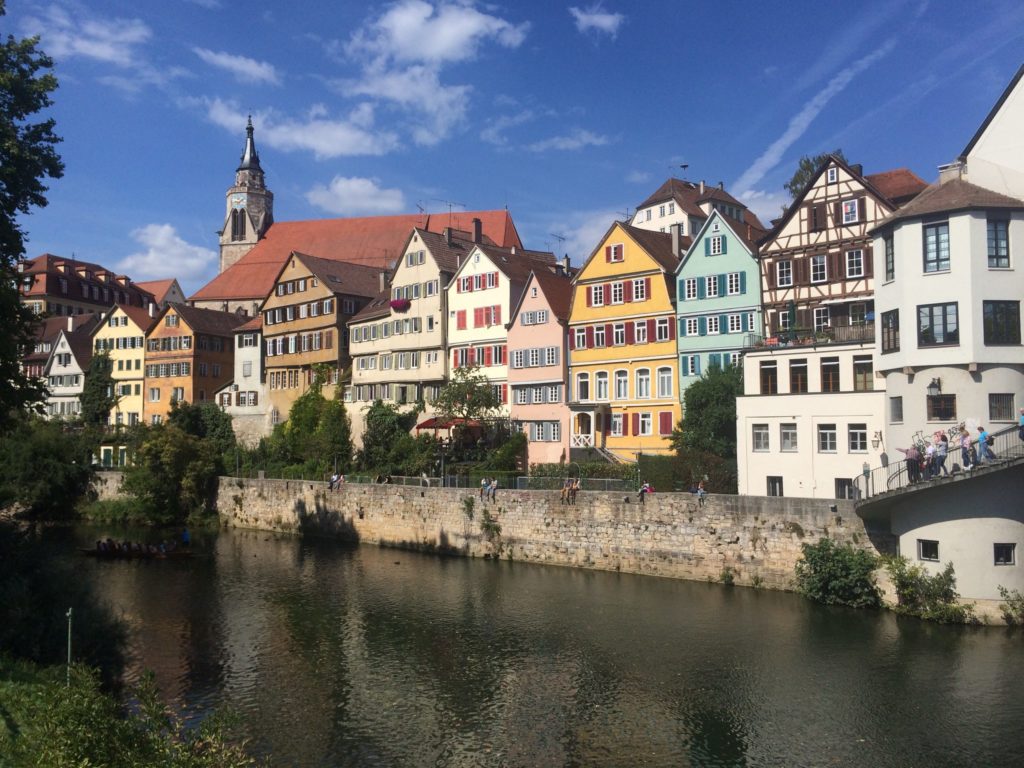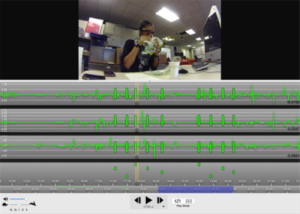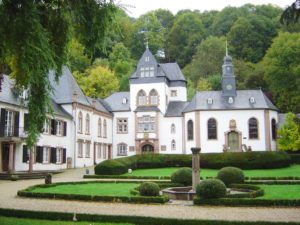Presentation at Max-Planck-Institute for Intelligent Systems in Tübingen (2015): "Data-Driven Methods for Video Analysis and Enhancement"
Irfan Essa
Georgia Institute of Technology
Thursday, September 10, 2 pm,
Max Planck House Lecture Hall (Spemannstr. 36)
Hosted by Max-Planck-Institute for Intelligent Systems (Michael Black, Director of Perceiving Systems)
Abstract
In this talk, I will start with describing the pervasiveness of image and video content, and how such content is growing with the ubiquity of cameras. I will use this to motivate the need for better tools for analysis and enhancement of video content. I will start with some of our earlier work on temporal modeling of video, then lead up to some of our current work and describe two main projects. (1) Our approach for a video stabilizer, currently implemented and running on YouTube and its extensions. (2) A robust and scalable method for video segmentation.
I will describe, in some detail, our Video stabilization method, which generates stabilized videos and is in wide use. Our method allows for video stabilization beyond the conventional filtering that only suppresses high-frequency jitter. This method also supports the removal of rolling shutter distortions common in modern CMOS cameras that capture the frame one scan-line at a time resulting in non-rigid image distortions such as shear and wobble. Our method does not rely on apriori knowledge and works on video from any camera or on legacy footage. I will showcase examples of this approach and also discuss how this method is launched and running on YouTube, with Millions of users.
Then I will describe an efficient and scalable technique for spatiotemporal segmentation of long video sequences using a hierarchical graph-based algorithm. This hierarchical approach generates high-quality segmentations and we demonstrate the use of this segmentation as users interact with the video, enabling efficient annotation of objects within the video. I will also show some recent work on how this segmentation and annotation can be used to do dynamic scene understanding.
I will then follow up with some recent work on image and video analysis in the mobile domains. I will also make some observations about the ubiquity of imaging and video in general and need for better tools for video analysis.


